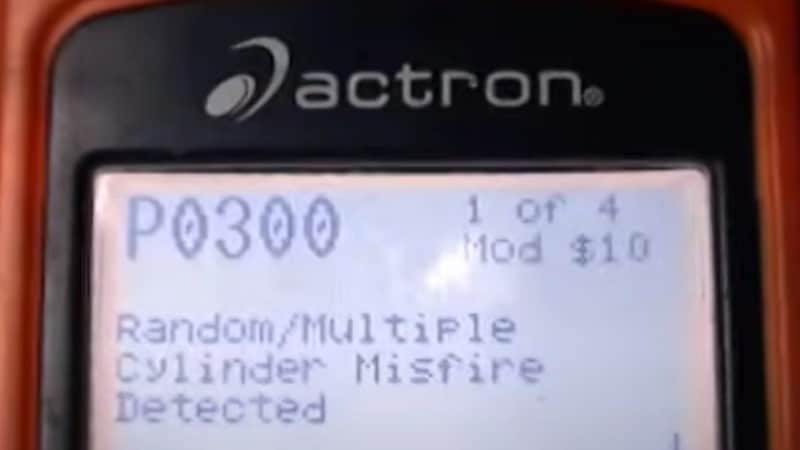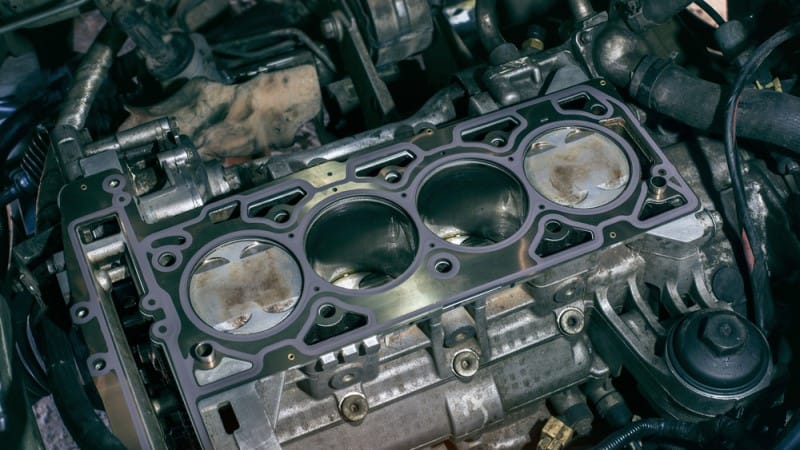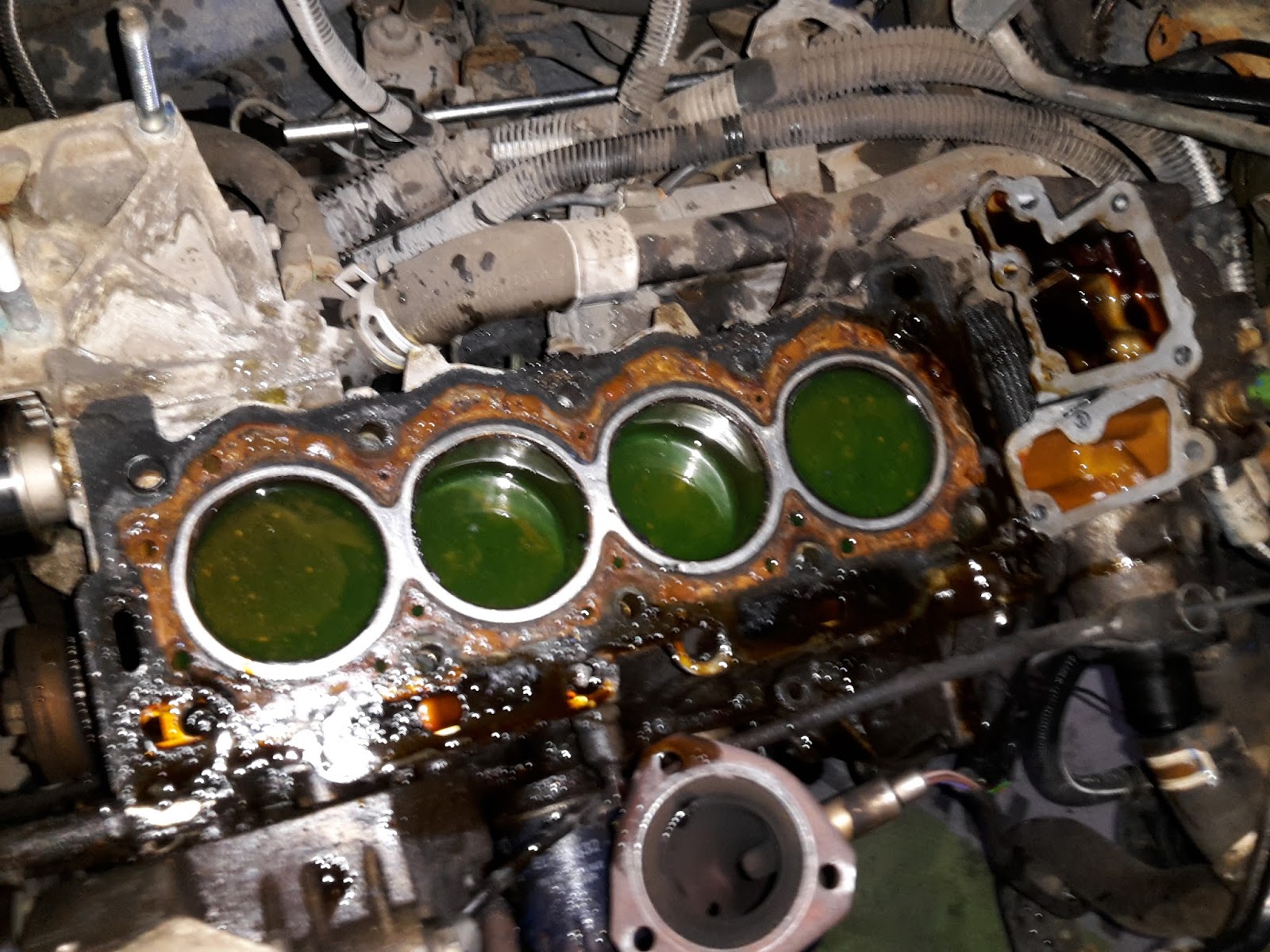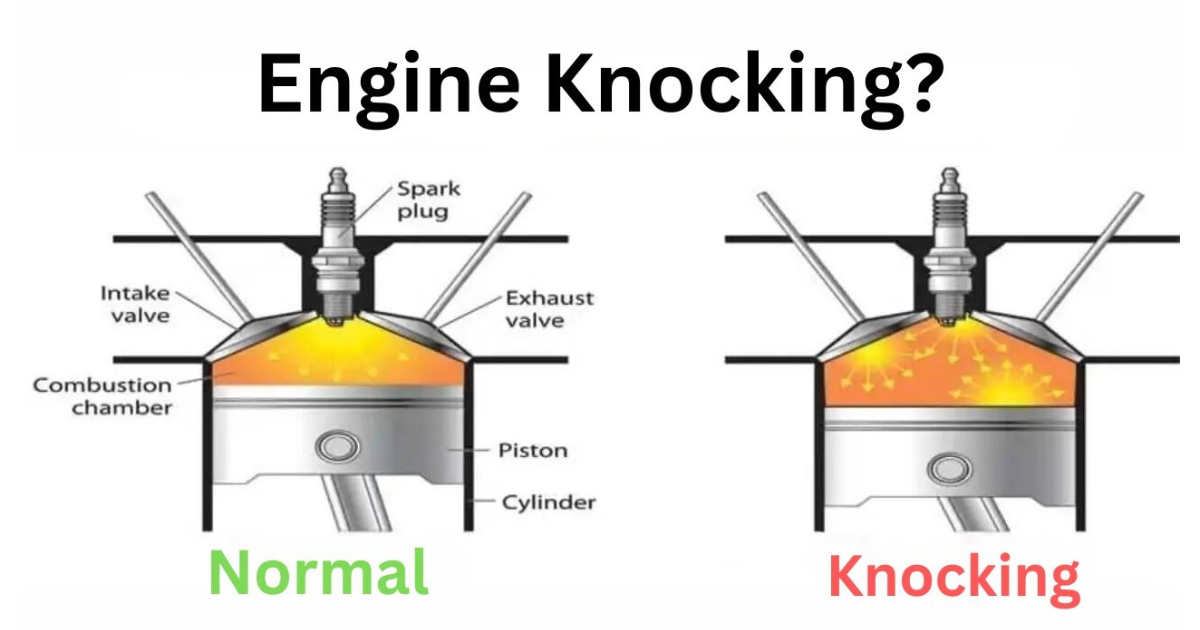There is a complex diagnosis and repair process for a P0300 Toyota code or your specific vehicle model. The powertrain control module might store this error code in the vehicle’s memory due to a number of system problems. Because of this, comprehensive diagnostics are necessary to identify the source.
We will discover the reasons, symptoms, diagnosis, and possible answers to the P0300 diagnostic issue code, so there’s no need to freak out if you see it. On the other hand, what exactly is a P0300 code?

What does the P0300 error code mean?
Any number of misfires in different cylinders can cause an error code of P0300. When the combustion process in an engine doesn’t proceed according to the manufacturer’s specifications, it is said to misfire. This may occur when you turn the key to the ignition or when you get in the car while it’s running.
If this occurs, you can experience power fluctuations, stuttering, or loss of engine control while driving. The catalytic converter could be damaged if the stumbling is too severe. For Fords and other specific models, this will cause the ECU to display P0300.
What does the trouble code P0300 mean?
Different symptoms will be projected by a P0300 Hyundai code compared to a P0300 Vauxhall code. Nevertheless, the most noticeable sign in all vehicle models is when the check engine light comes on, along with a decrease in engine performance, problems with idling and acceleration, and other related concerns.
Check engine light
When the vehicle’s computer senses an issue with the powertrain or drivetrain systems, the check engine light will come on. If there are problems with one or more parts of the system, the main goal is to let the driver know. The P0300 instance is also an example of this.
Unsteadiness while speeding up
You might not notice it at idle, but as you accelerate, it will be easy to see that the combustion process is impaired. As you speed up, the car will seem to tremble, vibrate, or jerk. The amount of jerking is proportional to the number of cylinders that are misfiring.
Poor acceleration
Weak acceleration is definitely an indication of engine misfire. Usually, you might notice that the gas pedal isn’t responding at all. The gas pedal may go all the way to the floor occasionally even if you don’t hear anything. There are instances when pressing the accelerator pedal does not produce the intended result.
Condition with no start
A no-start condition is a deadlock you won’t want to happen to you, especially when planning for that early morning drive on a twisty scenic route. However, several factors can cause a vehicle not to start.
Poor fuel efficiency
The computer in the car will attempt to change the air-fuel ratio if the combustion process is disrupted. The vehicle’s computer may try to achieve this by increasing the amount of fuel that the engine receives. Yet again, defective injectors dumping too much fuel into the combustion chambers could be the cause of the misfire.
From the exhaust pipe, you can smell fuel
The odor of gasoline coming from the tailpipe is another telltale symptom of a P0300 on Chevy and other makes and models of cars. The presence of unburned fuel during combustion can be detected by the smell of fuel coming from the tailpipe.
What causes Misfire P0300?

Anyway, what on earth could trigger a P0300 code? A P0300 error code can be stored in the car’s memory by the powertrain control module due to a number of different reasons. Here are a few reasons why your GMC or other vehicle can be showing the P0300 code.
- Faulty catalytic converter
- A lousy throttle position sensor
- Defective mass air flow sensor
- Malfunctioning oxygen sensor
- Damaged or worn spark plugs
- Damaged or worn spark plug wires or coils
- Worn or damaged distributor cap
- Worn or damaged rotor button
- Cracked distributor cap
- Clogged fuel filter
- Low fuel pressure
- Leaking head gasket
- Off-set ignition timing
- Vacuum leaks
- Clogged EGR valve or tube
- Faulty camshaft sensor
- Faulty crankshaft sensor
- Faulty PCM
How to diagnose
There are a number of factors that might cause the auto computer to display an error code P0300, such as worn spark plugs, a faulty throttle position sensor, a broken EGR valve, low fuel pressure, etc. Because of this, making an accurate diagnosis without a manual is challenging.
Making the right diagnosis requires a number of hand tools, and fixing it is a labour-intensive and time-consuming process.
- Step 1: Scan the vehicle
- Step 2: Examine the wires and Connectors.
- Step 3: Examine the spark plugs
- Step 4: Check the fuel pressure
- Step 5: Carry out engine leak down and compression test
How do you fix P0300?
There are multiple ways to fix the P0300 error code that can be thrown by the auto computer due to the fact that it can be caused by several parameters. In order to fix the P0300 diagnostic issue code, one or more of the following fixes are required.
- Replacing faulty catalytic converters
- Changing lousy throttle position sensor
- Changing bad oxygen sensor
- Replacing faulty camshaft position sensor
- Changing the faulty cranking position sensor
- Replacing or repairing a leaking head gasket
- Repairing defective fuel injection issues
- Repairing or replacing clogged EGR valves and tubes
- Fixing vacuum leaks
- Fixing distributor issues, spark plug coils, or wires
- Tracking and fixing related trouble codes.
- Repairing or replacing damaged internal engine components
- Replacing damaged ECM
- Replacing the engine (if the faulty engine’s internal components are beyond repairs).
Conclusion
Transforming your car into a highway monster is the pinnacle of automotive achievement for passionate drivers. At all times, a smooth driving experience is something that everyday drivers like us admire and strive for. When the P0300 engine randomly misfires, none of this is achievable, unfortunately. That’s why it’s critical that you quickly identify the source of the problem and resolve it.




